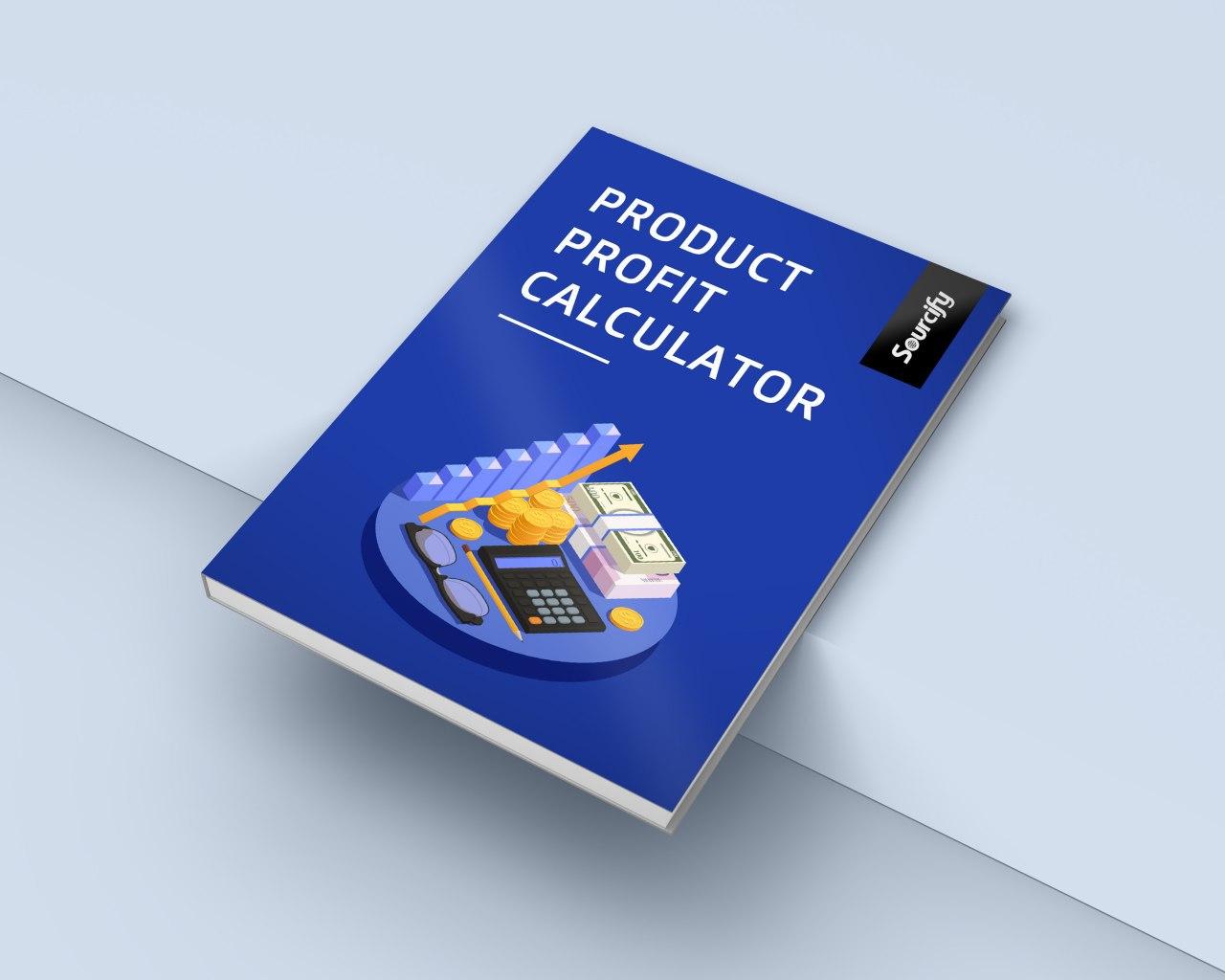The recent new tariffs imposed on China, Mexico, and Canada may appear as a sudden move, but in reality, this was a highly coordinated and meticulously orchestrated plan that has been in the works for months. Every action, from key personnel appointments to executive orders, seems to have been set in motion over the last few weeks, building to a culmination that signifies a long-term strategy rather than a hasty decision. A closer look at the timeline of events reveals that this wasn’t an impulsive move, but rather a well-planned response to growing concerns over national security, trade, and the fentanyl crisis.
A Clear Path to Action
The groundwork for this series of events can be traced back to January 20, when the president declared a National Emergency at the Southern Border. This emergency was explicitly tied to the escalating crisis of fentanyl trafficking and illegal migration. While it might seem like a straightforward measure to address drug-related issues, the declaration of a national emergency provided a critical framework that enabled the new tariffs to be enacted. The International Emergency Economic Powers Act (IEEPA) grants the president broad powers to set trade policy without Congressional approval during such emergencies, making this the perfect moment to take decisive action.
Key Appointments: The Right People for the Job
To implement such significant changes, critical positions within the administration needed to be filled. This isn’t a case of filling positions just to keep the wheels turning—these appointments were integral to the execution of the new tariffs. Here’s how the timing unfolded:
- January 25: Kristi Noem was confirmed as Secretary of Homeland Security. This role is pivotal for overseeing the Harmonized Tariff Schedule (HTS) codes, which are essential for categorizing goods subject to tariffs. Noem’s confirmation allowed for the immediate application of tariffs to specific goods under the national emergency framework.
- January 28: Scott Bessent was confirmed as Secretary of Treasury. Bessent plays a crucial role in formulating and implementing U.S. tariff policy, ensuring that the new tariffs would be properly structured and aligned with the broader economic goals of the administration.
- January 29: Pam Bondi cleared the Senate Committee and is expected to be confirmed as Attorney General. Bondi’s confirmation is critical in ensuring that the new tariffs are implemented in accordance with international trade agreements and U.S. laws. Her role will also be key in addressing any potential legal challenges to the tariffs.
- January 29: The first confirmation hearing for Howard Lutnick took place as he was considered for Secretary of Commerce. As the head of the U.S. Department of Commerce, Lutnick will lead trade negotiations, and his confirmation was a key step in ensuring that the new tariffs would be backed by strategic trade policy.
The New Tariffs Set in Motion
With key personnel in place, the stage was set for the new tariffs to be imposed. On February 1, the International Emergency Economic Powers Act (IEEPA) was invoked to set tariffs, providing the legal foundation for the action. The IEEPA allows the president to take swift trade measures without waiting for Congressional approval, a powerful tool in a national emergency. This move, combined with the earlier emergency declaration, ensured that the tariffs would not violate provisions under the US-Mexico-Canada Agreement (USMCA), which guarantees free trade except in times of national emergencies.
A Deliberate, Not Erratic, Decision
What’s striking about this series of events is the clear sense of purpose behind each decision. This wasn’t an erratic, off-the-cuff move but a carefully orchestrated strategy. Despite some cabinet positions still being filled, the administration acted quickly, leveraging the tools available to implement the tariffs as soon as possible. This swift action indicates that the tariffs are not just a temporary measure, but likely a long-term fixture in U.S. trade policy.
The Long-Term Implications of new Tariffs
The timing of these events suggests that the new tariffs could be in place for much longer than initially anticipated. With the groundwork laid through emergency declarations and the careful confirmation of critical positions, the new tariffs are poised to have far-reaching effects on trade relations. While it’s still early, the administration’s rapid deployment of these measures shows that this isn’t just a short-term tactic. The new tariffs may become a fixture in U.S. policy, affecting the trade landscape for years to come.
This is a strategy that appears to have been planned meticulously, from the executive orders to the key personnel appointments, all of which point to a well-coordinated effort that could have lasting implications for trade relations, national security, and the U.S. economy. While the public narrative may focus on fentanyl and migration, the broader picture suggests a strategy with much larger geopolitical and economic goals in mind.




